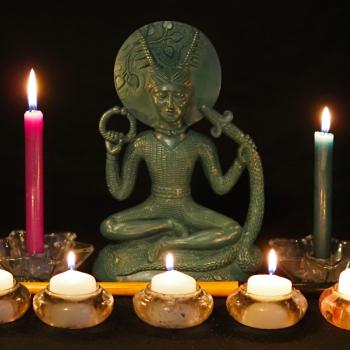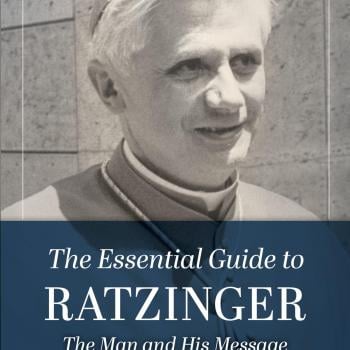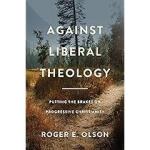The enigmatic phrases in this latest meditation on the Niceno-Constantinopolitan Creed sought to answer the 4th-century Arian heresy. Arius held that there was a time when the Son did not exist. The Council rejected this idea and held instead that the Son was co-eternal with the Father. God is always God; God is always Father, Son, and Holy Spirit.
Saint Augustine proposed two images in his book On The Trinity (De Trinitate) to explain this relationship of threeness (Latin trinitas) and oneness. The first is that God is at once lover, beloved, and love itself: the Son a necessary "face" (Greek prosopon, to use the language of the Cappadocian fathers) of God because God's very nature is to love. The key historical term is perichoresis, or the mutual indwelling of the persons of the Trinity. Father, Son, and Holy Spirit are so caught up in one another that they share fully in all that is God. Athanasius is credited with the most specific definition of this relationship:
So are we forbidden by the catholic religion; to say, There are three Gods, or three Lords. The Father is made of none; neither created, nor begotten. The Son is of the Father alone; not made, nor created; but begotten. The Holy Ghost is of the Father and of the Son; neither made, nor created, nor begotten; but proceeding.
The second image that Augustine used later compelled Saint Thomas Aquinas to meditate on the nature of human understanding as an analogy for divine nature. The Son is the divine Logos, the Word: and just as in human understanding no idea can be formed without at the same time there arising a word, so in the godhead there is a unity of Father and Son. They are "consubstantial"—that is, of one substance, distinct but not separate. The Father begets the Son before all ages; that is, before any act of creation. It is precisely that aspect of the divine nature which gives rise to creation itself, such that the Logos becomes (as we'll see in the next installment) the very principle through which all creation comes into existence. The Father "thinks" the world—gives Word (an act of understanding) to the world—and so it comes into being.
All very heady theological stuff. I confess that back in graduate school, while examining this kind of material that is so central to the development of orthodox Christian thought, it was easy to lose interest: it's so abstract and so difficult to wrap one's brain around. There is, however, a basic point which the Council Fathers saw as deeply important, and which even today challenges us to ask what is at the root of our faith.
It is this: the theological language about the relationship between the Father and the Son and the Holy Spirit is a way of saying "Jesus was God. His teachings are God's teachings. And He still teaches us as the voice, the conscience, of the living Church." In contrast to Arius and a laundry list of others, the Council fathers wanted to affirm that Jesus was no mere prophet or teacher or wise man. They rejected the ideas that he was a man adopted by God or who became godlike. He was God in human flesh, born of Mary but in his divine nature born of the Father before all ages.
Our response then ought to be to listen to him. He not only points to God; he is God. Our encounter with Jesus is an encounter with a God who is not distant, but who has taken part in the human drama, experienced its pain and suffering, suffered the consequence of speaking truth, and yet who lived in hope and who yet lives. We who hope, in this Lenten season, to imitate Jesus more closely, imitate one who was Light from the Light of the Father, true God from true God.
12/2/2022 9:05:39 PM





